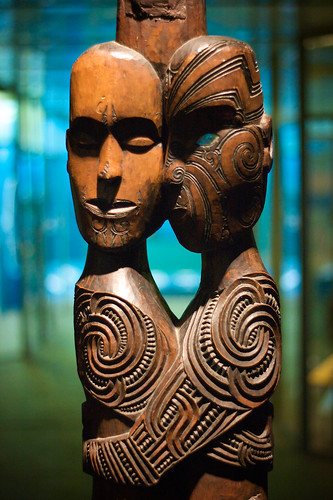 contrary to some ideas that have been floating around that valentine’s day is an invention of hallmark’s, valentine’s day has been around for a long time. valentine’s day is a day of fertility, of the first stirrings of spring rising up, the seeds waking up, ready to sprout with the first warmth of the sun. it’s fertility for humans, too – and what is that all about? this fertility and love get lumped together – and why? is that what love is all about? in my (sometimes) wise old age i can’t say anymore that love is about romantic love, or at least the official version of romantic love: alex meets chris, they spark, their bodies and hearts yearn for each other, and the cumulation of it is a french kiss under the moonlight.
contrary to some ideas that have been floating around that valentine’s day is an invention of hallmark’s, valentine’s day has been around for a long time. valentine’s day is a day of fertility, of the first stirrings of spring rising up, the seeds waking up, ready to sprout with the first warmth of the sun. it’s fertility for humans, too – and what is that all about? this fertility and love get lumped together – and why? is that what love is all about? in my (sometimes) wise old age i can’t say anymore that love is about romantic love, or at least the official version of romantic love: alex meets chris, they spark, their bodies and hearts yearn for each other, and the cumulation of it is a french kiss under the moonlight.
(sidebar: there is a theory that romantic love is an invention of the western medieval world. i am not a social historian but i find that difficult to believe. perhaps the way the stories of romantic love are told is a relatively new invention but it seems ludicrous to me to assert that the stirring of hormones did not produce romance, or something like it, among couples the world over since time immemorial. just look at the bible, the gilgamesh epic or the bhagavad gita.)
so if we look beyond that, what do we find? one thing that valentine’s day as a fertility rite makes me think of is the attraction of opposites that brings forth new life.
there is the obvious of man and woman coming together to create a child.
what else is there?
a pair of opposites i’ve been musing about lately is “yes” and “no”. if we use traditional symbology, we could see “yes” as the female principle and “no” as the male.
what happens when yes and no come together?
for one thing, they balance each other out. “yes” only is without boundaries: the mother – all-loving but also devouring; all-allowing but also surrendering to the point of obliteration.
“no” only is hard, small and single-minded: the father – guiding but also all-demanding; all-protecting but also exclusively jealous. (and yes, i am aware how limited these descriptions are; there are many more layers.)
what else happens when “yes” and “no” come together? what child might they bring forth? the nodding, embracing, resplendently smiling “yes” coupling with the boundary setting, individuating, protecting “no”, embracing, entwining …
contemplating this, i see movement, the movement of the “yes”, bounded by the “no”. “yes” wants to expand forever, “no” says, wait a sec, let’s not go into the dangerous jungle, let’s stay on the road.
and then these ideas arise: indecision, doubt, uncertainty; the words “maybe” (which garfield suggested) and “perhaps”. are they the children of the union of “yes” and “no”?
if so, this young child has so many possibilities, as every child does. indecision could mean wishy-washiness, or it could mean the wisdom of not rushing into rash decisions. doubt could mean mistrust but it could also mean healthy, awake scepticism. uncertainty could mean unsteadiness and it could also mean a comfortable awareness of the fact that nothing in life is ever certain, that life is in, and is a constant flux.
my personal hope is that this is a child of love, that “yes” and “no” find each other with their eyes open and embrace each other not only in the heat of spring passion, but also by – saying “yes” to each other, by seeing, calling forth and enhancing the goodness that each offers.
what would you wish for this child?
what polar opposites would you like to come together?
image by nick thompson
